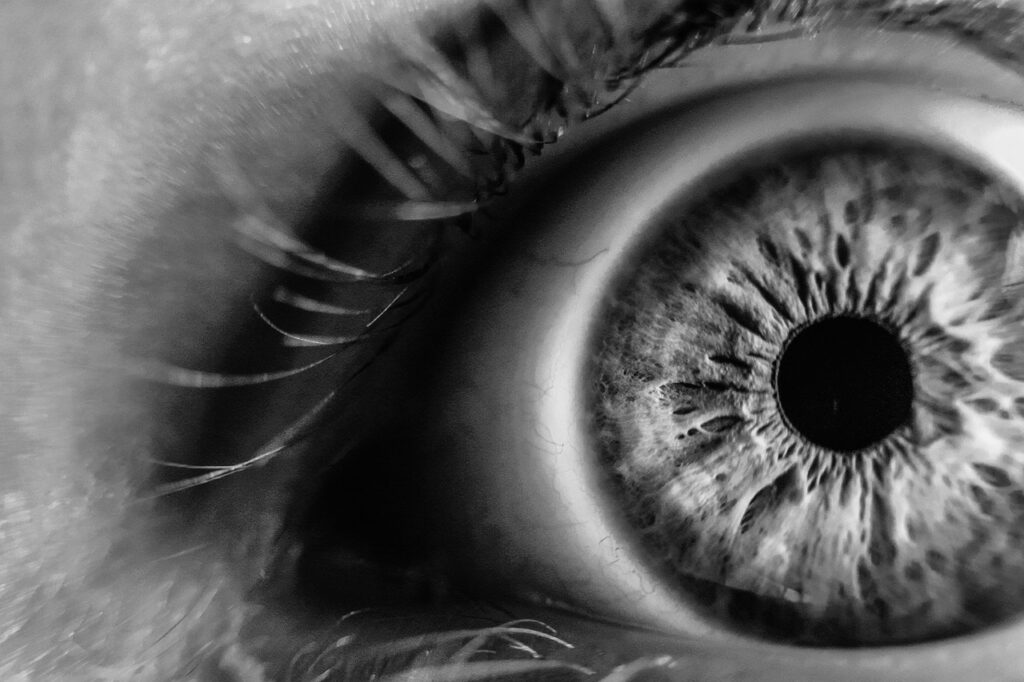This page contains affiliate links. It means we get compensated at no added cost to you. As an Amazon associate, we earn from qualifying purchases.
Try Audible Plus
Have you ever wondered how our genes can affect the way our bodies work? Scientists have been working hard to understand the relationship between our genes and autism spectrum disorder (ASD). In a recent breakthrough, researchers have found that a specific change in a gene related to autism can actually affect how our eyes respond to light. This discovery opens up new possibilities for understanding how our genes, brains, and senses are all connected.
The Autism Puzzle Uncovered
Autism spectrum disorder is a condition that affects how people communicate, interact socially, and behave. Scientists have been trying to figure out what causes ASD for a long time, and one gene, called SHANK3, has caught their attention. This gene plays an important role in how our brains develop and work. Mutations in SHANK3 have been strongly linked to autism, and researchers are eager to understand how these mutations affect different aspects of our bodies.
The Window to Our Minds – The Eye Reflex
Our eyes are like windows that let us see and experience the world around us. Behind the scenes, there is a complex network of nerves and brain regions that work together to process what we see. One fascinating aspect of our vision is the eye reflex, also known as the pupillary light reflex. This reflex controls the size of our pupils in response to changes in the brightness of light.
Making the Connection
Scientists wanted to explore the possible connections between mutations in the SHANK3 gene and how our eyes respond to light. They gathered a group of people with ASD and analyzed their genes. Surprisingly, they discovered that individuals with SHANK3 mutations had different pupillary responses compared to those without the mutations. This finding suggests that genetic changes associated with autism can affect how our eyes react to light.
Shedding Light on the Future
This groundbreaking research not only deepens our understanding of the link between genetics and autism but also emphasizes the importance of studying our senses in people with ASD. By uncovering how genetic mutations affect the pupillary light reflex, scientists may be able to develop targeted treatments or strategies to help individuals with autism who experience sensory challenges.
Illuminating the Path Ahead
As researches continue to put together the puzzle pieces of autism spectrum disorder, they are gaining a better understanding of its causes and potential treatments. The discovery of how mutations in the SHANK3 gene affect the pupillary light reflex is a significant step forward in our journey to comprehend the complexities of autism. By exploring the intricate connections between our genes, brains, and senses, we are getting closer to unraveling the mysteries of autism and paving the way for innovative interventions that can improve the lives of individuals on the autism spectrum.
With every new discovery, we are gaining valuable insights into how genetic changes impact autism and our sensory systems. As we continue to explore and learn, we move closer to understanding the underlying causes of autism spectrum disorder and finding new ways to support those affected by it. By unraveling the connection between our genes and the way our bodies function, we open doors to a brighter future where individuals with autism can thrive and lead fulfilling lives.
As we learn more about genetic changes and autism’s impact on our eyes, it is only natural to seek holistic well-being and emphasize the importance of self-care and healthy living. For those individuals looking for a way for Clear Cristal Vision, explore this method that is designed to support eye health and functions, by nurturing your body, while boosting health markers. Click here to regain control of your health today and don’t let anything hold you back!
